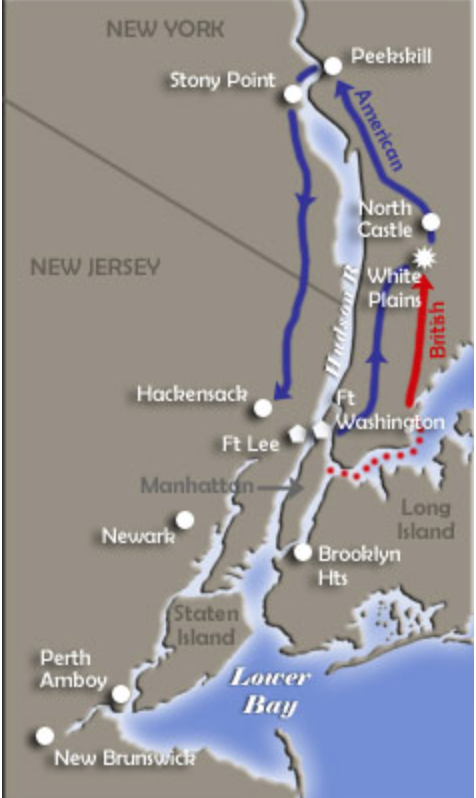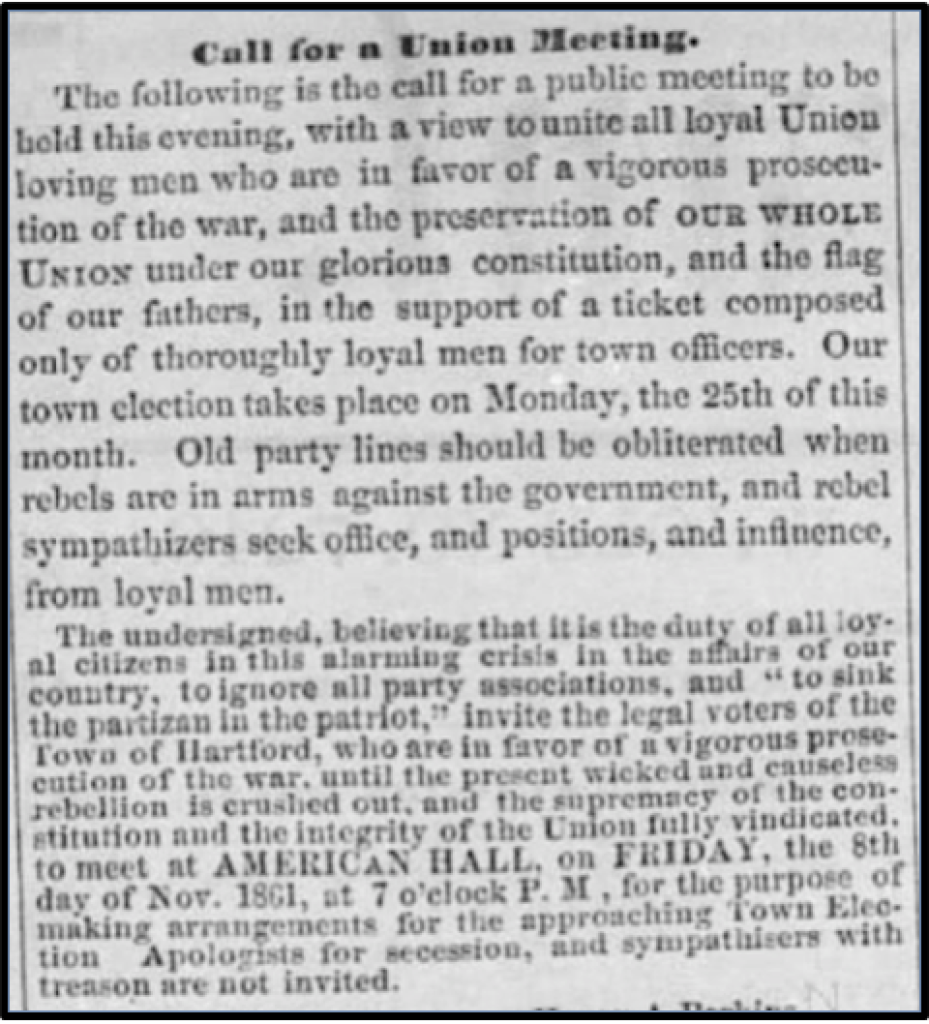Mug of Flip + George Washington
On January 13, 1803, Theodore Hillyer walked into Viets Tavern in East Granby, Connecticut, put 8 pence on the table and had a cup of flip on a cold winter’s day. The tavern owner, Luke Viets, dutifully recorded the transaction in his ledger. We know this because the original ledger and the tavern survive til this day! (Inn’s Ledger Tells of Meals Long Past – Hartford Courant)
Check out the beautifully done Salmon Brook Historical Society Website for more about Granby, CT.
I have no way of knowing if the flip was purchased by my paternal 5th great grandfather Theodore Sr. (1754–1838) or my 4th great grandfather Theodore Jr. (1780–1845).
Flip was the quintessential tavern drink. Its preparation gave an industrious barkeep a chance to show off his steady-handed pour – transferring the mixture of ale and rum between two pitchers until smooth. Finally, a hot “flip dog” poker was plunged into the pitcher, frothing the drink and providing a burnt taste. Versions varied slightly, with the main ingredients of heat, ale, rum, and sweetener (usually molasses) being constant. Eggs contributed to the characteristically smooth texture, though nutmeg might be accompanied or replaced by ginger or lemon peel. Except from Early Connecticut Drinks: The Quintessence of Public Spirit (edible Nutmeg)
Theodore Sr. served in the Revolution during the New York and New Jersey campaigns. It is noted in his war pension application that he fought at the Battle of White Plains (NY). After British forces failed to trap the Continental Army on Manhattan, General George Washington marched north of Manhattan, withdrawing to the hills of the village of White Plains. Depictions of the battle are conflicting if it was a draw or a defeat for the American forces. 13,000 British and German troops against 14,500 Americans, although only around 4,000 on each side were actually engaged. This was the first appearance of Hessian troops deployed by the British.

Comments, corrections and suggestions appreciated.
Copyright © 2021. All Rights Reserved by David R. French.






